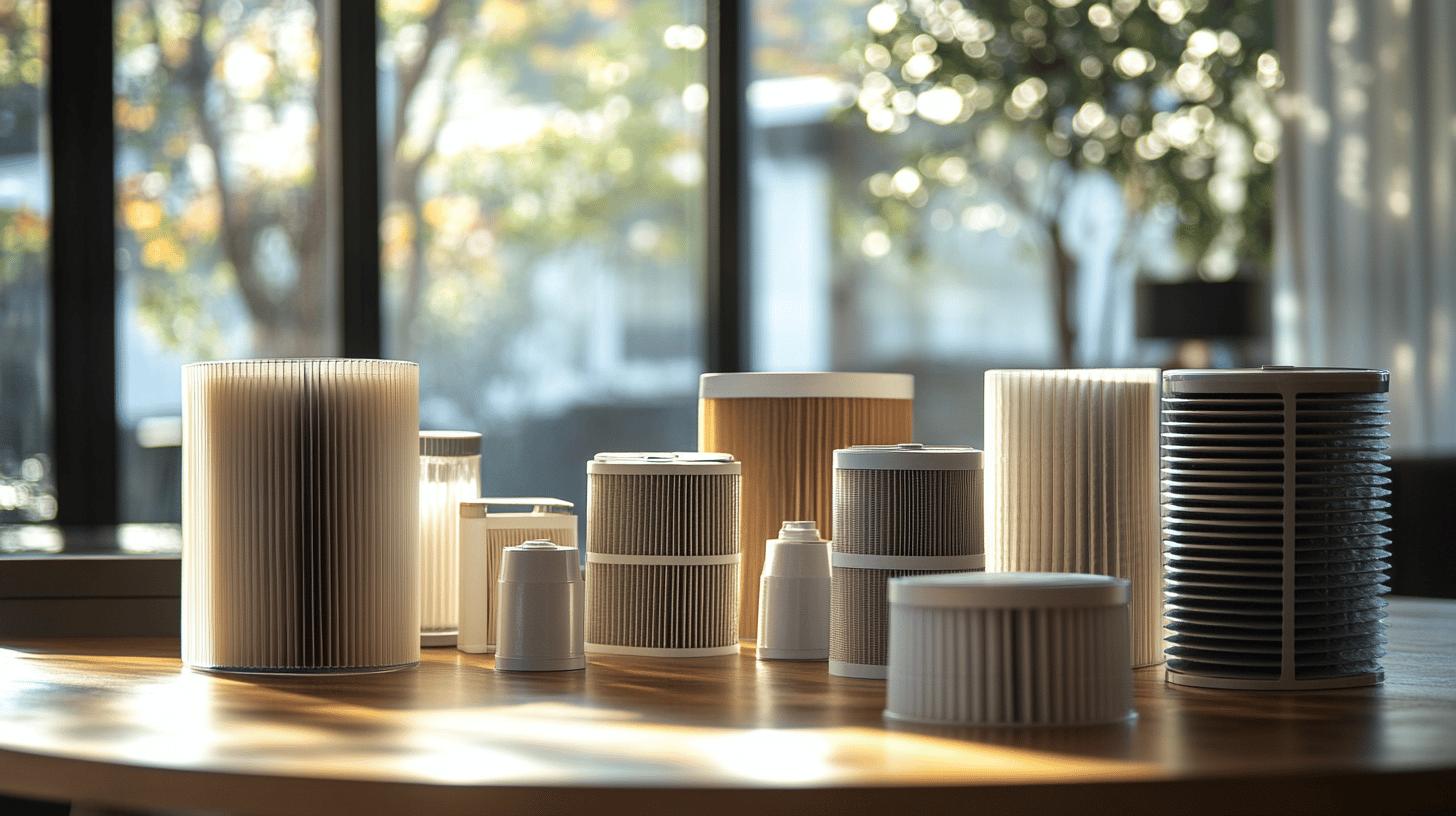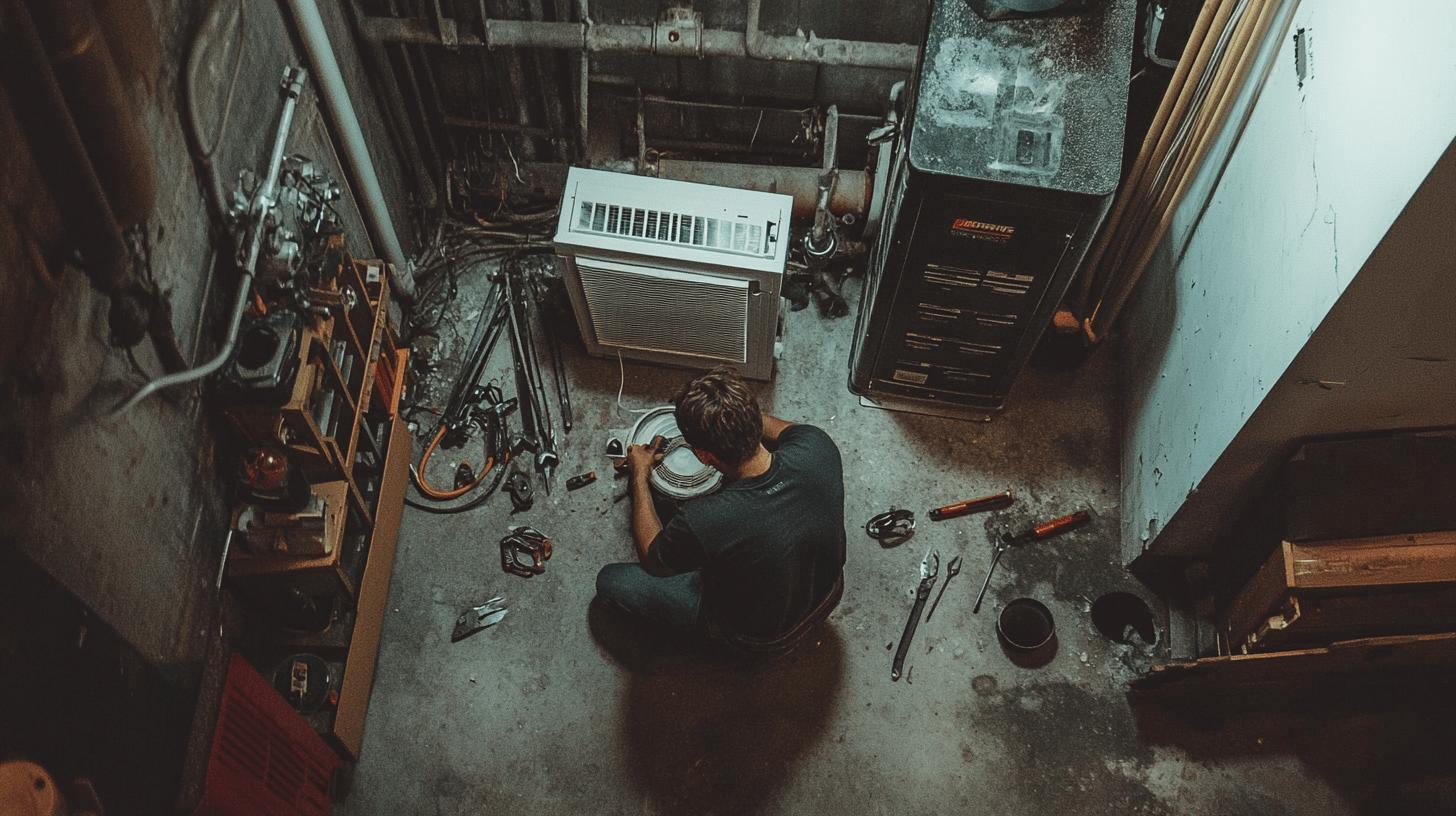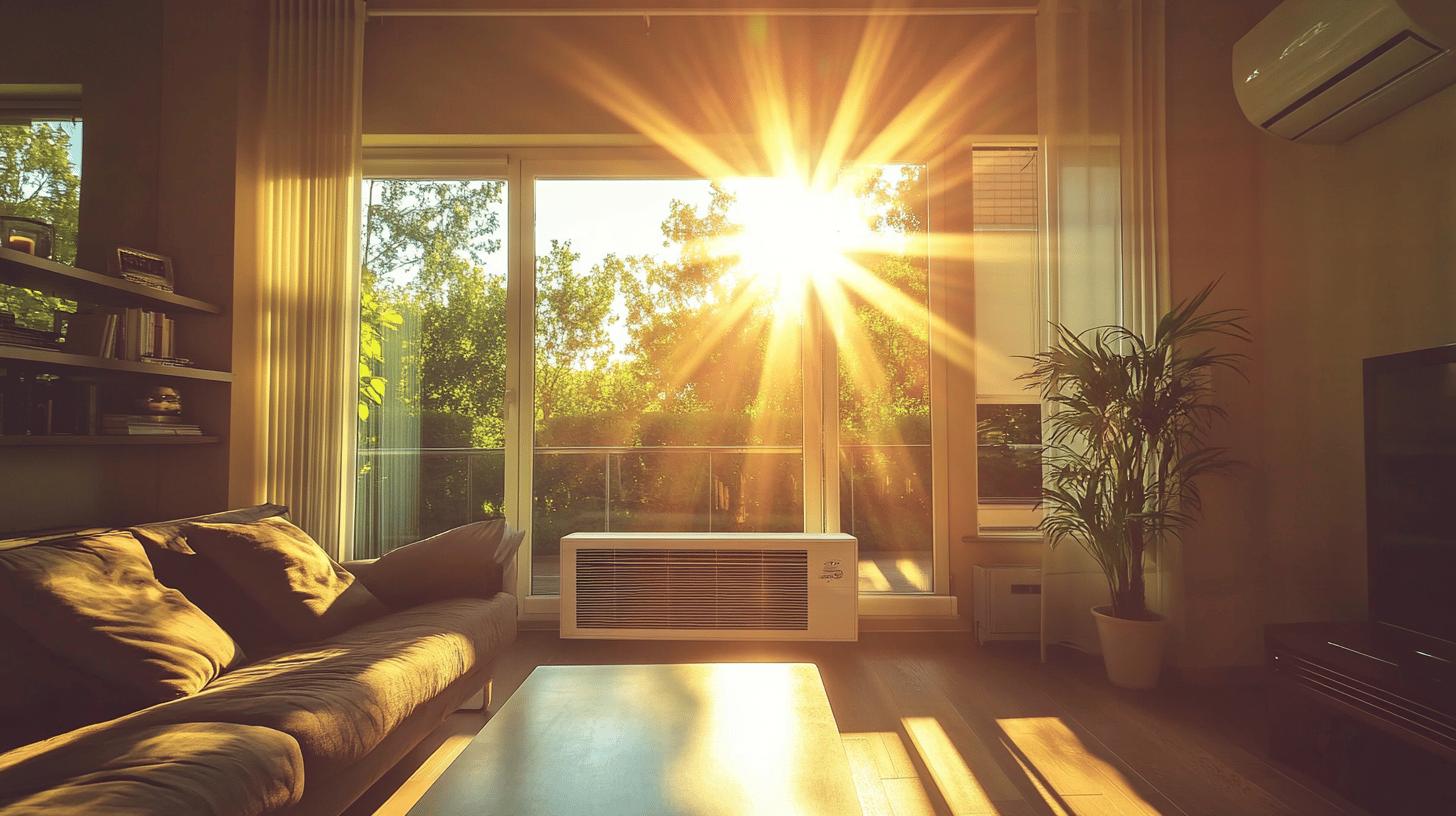Have you ever wondered if your HVAC system does more than just regulate temperature? Many people are curious about the air purification capabilities of their HVAC systems and how they impact indoor air quality. A standard HVAC system not only heats, cools, and ventilates your space but can also play a role in cleansing the air you breathe. By incorporating filters and advanced technologies, these systems can capture dust and pollen and even combat harmful particles like bacteria and viruses. Understanding HVACs’ air purification functions can guide you in optimizing your home’s indoor air quality. So, does HVAC systems purify air? Let’s find out.
Does HVAC Systems Purify Air? Understanding Their Role
While they mainly focus on heating, ventilation, and air conditioning, HVAC systems also help with air purification. Using filters, these systems capture dust, pollen, and larger airborne particles to improve indoor air quality. However, they don’t purify air like standalone air purifiers. The main job is to maintain comfort indoors, though they can reduce airborne contaminants with the right parts.
- Filters: Collect dust, pollen, and large particles.
- UV Lights: Neutralize bacteria and viruses.
- Electronic Air Cleaners: Eliminate smaller particles.
- Ionizers: Charge particles for easier capture.
- Activated Carbon Filters: Trap odors and VOCs.
Advanced technologies improve air purification in HVAC systems. For example, UV lights target microorganisms like bacteria and viruses. Electronic air cleaners remove small particles that standard filters might miss. Ionizers charge particles, aiding filter capture. Activated carbon filters are excellent for removing odors and VOCs, enhancing indoor air quality. These improvements make HVAC systems better for health but may lead to higher costs and maintenance needs.
Types of HVAC Filters and Their Effectiveness

How effective are HVAC filters in air purification? It depends on the filter type. Choosing the right filter is crucial for boosting your HVAC system’s air purification. Filters vary greatly, affecting airflow and ability to capture particles. This choice impacts indoor air quality, energy use, and system lifespan. Understanding filter differences helps optimize HVAC performance in air purification.
1. HEPA Filters
HEPA filters are known for removing small particles efficiently. They capture up to 99.97% of particles as small as 0.3 microns, including dust, pollen, mold spores, and some bacteria. They’re highly effective, especially where high air purity is needed. However, HEPA filters can restrict airflow in some systems, increasing energy use and possible strain.
2. Standard Filters
Standard filters handle larger particles like dust and pollen. They remove visible debris but struggle with smaller pollutants, such as bacteria or smoke. They’re affordable but may not meet high air-quality needs. Many choose them for a balance between cost and basic filtration.
3. MERV-Rated Filters
MERV-rated filters offer various filtration levels, letting users choose based on their needs. Higher ratings trap smaller particles better, but can also reduce airflow. This can lead to increased energy costs and system wear. Balancing filtration with efficient airflow, MERV 8 to 11 are popular for homes.
Additional Purification Technologies in HVAC Systems
Can advanced HVAC systems purify air? Yes, they can by adding technologies like UV light purifiers, ionizers, and activated carbon filters. These extras widen the capabilities of standard systems, targeting more air quality issues. While usual systems filter large particles, advanced technologies address harmful ones, including bacteria, viruses, and VOCs.
- UV Light Purifiers: Neutralize bacteria and viruses.
- Ionizers: Charge particles for better filtration.
- Activated Carbon Filters: Absorb odors and VOCs.
- Electronic Air Cleaners: Capture fine particles and allergens.
Using advanced technologies in HVAC systems offers benefits like improved air quality and healthier environments. But these come with higher costs and maintenance. Upgrading systems involves initial investments and ongoing expenses for upkeep. Despite costs, long-term benefits of clean air can outweigh the financial aspects for those valuing indoor air quality.
Maintenance and Upgrades for Optimal Air Purification

Is regular HVAC maintenance vital for air purification? Yes, routine upkeep is key for effectiveness. Over time, filters collect dust, reducing their efficiency and straining the system. Regular tasks, like changing filters and cleaning ducts, maintain airflow, and improve air quality. Ignoring maintenance can lower system performance and raise energy costs, making timely upkeep crucial.
- Regularly change filters for efficiency.
- Clean ducts to avoid dust buildup.
- Annually inspect and service the unit.
- Seal any air leaks.
- Watch for system irregularities.
What benefits come from upgrading filters or adding purification devices? High-efficiency filters, like HEPA, handle smaller particles, cutting allergens and pollutants. Extra devices, like UV purifiers, target microorganisms for more protection. Upgrades boost air quality and contribute to a healthier environment.
Comparing Air Purification and Ventilation in HVAC Systems
How does ventilation work in HVAC systems? Ventilation exchanges indoor and outdoor air to dilute pollutants. It’s key for fresh air circulation, reducing contaminants like carbon dioxide and VOCs, and maintaining a healthy indoor space.
- Air Source: Ventilation uses outdoor air; purification often reuses indoor air.
- Function: Ventilation dilutes pollutants; purification removes them.
- Technology: Ventilation relies on airflow; purification uses filters and more.
How do air purification and ventilation together improve indoor air quality? They’re complementary. Ventilation brings fresh air, while purification removes or neutralizes dust, pollen, and bacteria. Evaluating both functions is essential for optimal air quality. A well-designed system should balance air exchange and purification technologies, like HEPA filters or UV lights, for specific air quality concerns.
Final Words
Exploring the capabilities of HVAC systems in air purification reveals their multifaceted role in enhancing indoor air quality. From understanding basic heating and cooling functions to delving into advanced purification technologies, HVAC systems offer significant potential for improving air environments.
Considerations like filter types and regular maintenance ensure these systems operate at their best. While typical HVAC units with standard filters can capture large particles, advanced technologies amplify purification efforts.
Ultimately, whether you’re relying on HEPA filters or exploring UV light additions, the question of whether an HVAC system purifies air is answered with resounding potential, promising a healthier living space.
FAQ
Does an HVAC system purify air?
An HVAC system purifies air by using filters that capture dust, pollen, and large particles. Advanced systems may include additional components such as UV lights and electronic air cleaners to enhance purification.
Does air conditioning clean air of smoke?
Air conditioning partially cleans air of smoke by filtering out larger particles. However, it may not effectively remove all smoke constituents unless equipped with advanced purification technologies like activated carbon filters or HEPA filters.
Can HVAC improve air quality?
HVAC systems improve air quality by removing airborne particles through filtering. More advanced systems provide enhanced purification by using UV lights or electronic air cleaners that reduce pollutants and allergens effectively.
Does HVAC provide fresh air?
Standard HVAC systems primarily recycle indoor air. Adding a ventilation feature introduces fresh outdoor air, improving air quality by diluting indoor pollutants through controlled air exchange.
Can AC act as an air purifier?
While an air conditioner can filter larger particles, it may not effectively purify air like a dedicated air purifier. An AC equipped with advanced filters can improve air quality but may not be as comprehensive as standalone purifiers.

